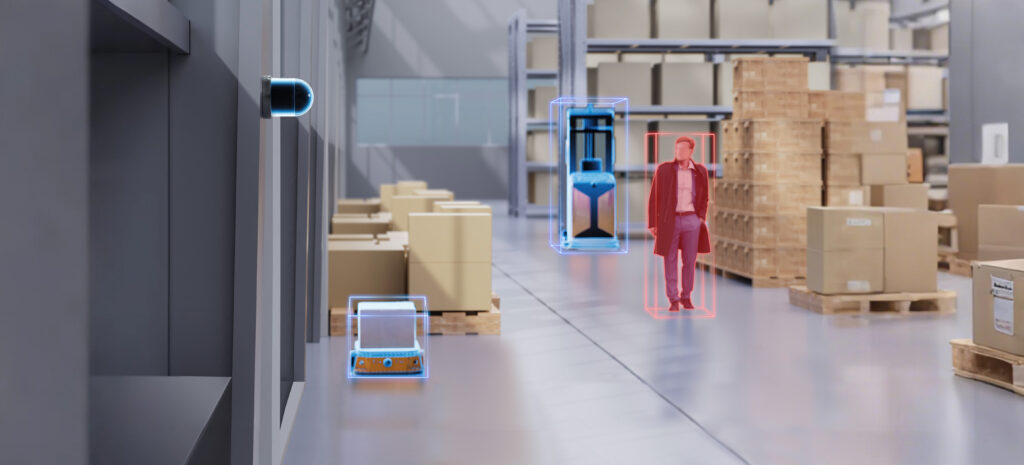

Advanced Driver Assistance Systems (ADAS) are already making waves in the automotive industry. As manufacturers strive for greater levels of safety and convenience than ever before, ADAS engineers are constantly looking for new ways to enhance and improve the driving experience.
Some ADAS features—such as backup cameras—are already common across the industry. As ADAS technology keeps expanding more and more complex features are changing not just how we drive, but how the entire automotive industry works.
Understanding what is next in the future of ADAS technology gives manufacturers, investors, automotive shops, and other parties across the industry the chance to stay on top of trends. Make the most of the incredible opportunities the automotive industry will see in the coming years with this guide to what’s next for ADAS features, vehicle design, and the auto industry as a whole.
Standardization of Safety Features
Safety has been the number one priority for ADAS systems since their inception. Every feature revolves around helping drivers move more responsibly on the road. As more and more manufacturers adopt these systems to improve their own vehicles, demand for these safety features increases across the board. As a result, some ADAS features—like blind spot monitoring, automatic emergency braking, and parking assistance—are already standard for certain automakers.
Many ADAS safety features are on their way to becoming standard for the entire automotive industry. Standardization of these features offers benefits both for the future of ADAS and for the industry in general. In addition to improving safety across the board, standardized ADAS features would help promote market growth and lead to greater accessibility and affordability of ADAS technology. This allows engineers and automotive manufacturers to continue to improve upon ADAS features and develop even greater innovations for vehicles.
Repair Opportunities in the Mechanic World
If a majority of vehicles contain ADAS sensors or computer systems, then mechanic shops that can’t service these technologies will lose business.
The future of ADAS technology presents a great opportunity for repair businesses that do invest in ADAS maintenance. ADAS parts are more complex and demand a greater investment than many other car repair services, but they can also result in substantial profits for auto repair shops. Depending on where an ADAS sensor is located on the vehicle, even a minor collision can create the need for recalibration or other repair services.
Shops that put their training and resources toward ADAS inspections, diagnostics, calibration, and other services can take advantage of the increasingly common demand for ADAS maintenance. This will allow them to retain customers who transition to ADAS vehicles and find continued success in the future of the automotive industry.
System Enhancements With Sensor Fusion
ADAS systems use a variety of sensor technologies to perceive the surrounding environment, detect nearby obstacles, and help the vehicle navigate safely. These technologies can include cameras, lidar, radar, and ultrasonic sensors. While each of these technologies has its unique advantages, they also all come with limitations. For example, cameras offer advanced image recognition that can interpret details like text on road signs, but they rely on high visibility to operate correctly. This puts them at a disadvantage during nighttime driving, in fog, or in other low-visibility conditions.
Sensor fusion—or the process of using multiple sensor types in a single system—is the next step for the future of ADAS technology. The use of multiple sensors creates a more comprehensive navigation system that demonstrates all the advantages of cameras, lidar, radar, and ultrasonic sensors while accounting for the limitations of each individual technology.
There is no singular way to accomplish sensor fusion. Some ADAS engineers develop their ADAS systems with lidar as their primary sensor, while others might prioritize cameras and use lidar, radar, and other sensors as backups. This flexibility leaves room for experimentation among engineers, which in turn paves the way for new and exciting innovations as ADAS technology continues to evolve.
Benefits Beyond the Driver’s Seat
When considering the benefits of ADAS systems, it’s easy to focus on all the ways these features affect drivers specifically. After all, ADAS features revolve around making driving a safer, more convenient, and more comfortable experience. However, these traits have the potential to improve so much more than that.
With more common ADAS features comes fewer traffic accidents and smoother driving. This leads to less traffic congestion, which also promotes better fuel efficiency and easier driving experiences on major roads and within busy cities. Furthermore, the decrease in average vehicle repair and maintenance costs can lead to lower insurance premiums.
Interface Design Refinements
Successful ADAS features rely on intuitive interfaces that enable smooth interactions with the driver. A muddled interface, small or lengthy text, intricate buttons and dials, or other hard-to-use features can create a distraction for drivers trying to use their ADAS systems. Distracted drivers can be dangerous, which is why ADAS engineers are looking for ways to refine their designs and create safer and smoother interfaces.
Advanced human-machine interface technology—such as touchscreens and voice recognition—plays a major role in creating safer and more intuitive interactions between drivers and ADAS systems. In addition to improving safety, this enhances the quality, comfort, and convenience of the overall driving experience.
A Foundation for Autonomous Driving
Autonomous driving is a spectrum, and ADAS features represent multiple levels on the way to fully autonomous vehicles. As a result, ADAS systems help introduce the world to the safety features and navigational systems that self-driving cars rely on.
As ADAS systems continue to evolve, they create greater opportunities and solutions for autonomous vehicles. Improvements and innovations help expand the capabilities of autonomous vehicles, putting us closer and closer to a world where self-driving cars are available on regular roadways. Furthermore, as demand for ADAS features increases, the technology behind them becomes more accessible and more advanced. This gives autonomous vehicle manufacturers the tools they need to pursue even greater innovation and success.
Hesai Technology is on the cutting edge of ADAS technology. Visit us today to explore our lidar for self-driving cars and see how Hesai is preparing for the future of ADAS systems, autonomous driving, and so much more.



